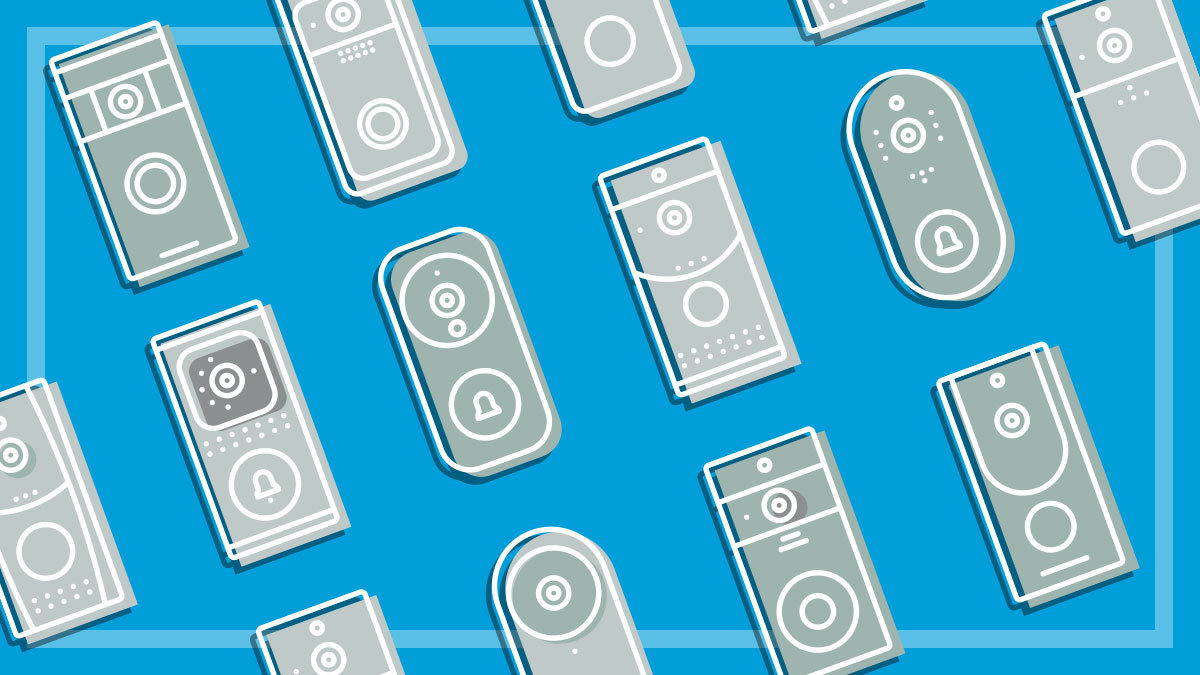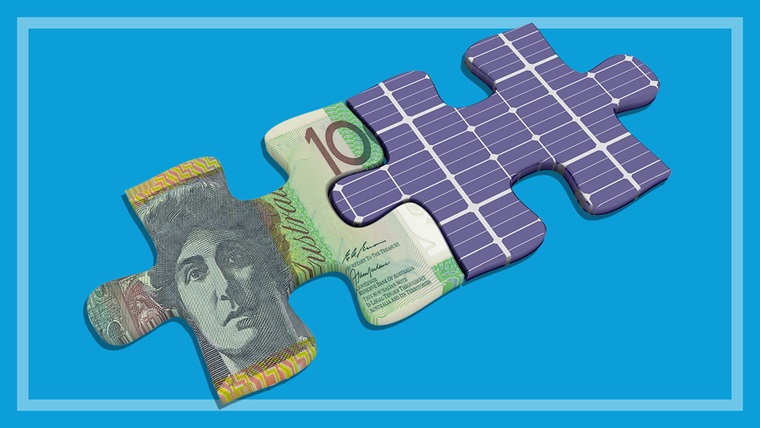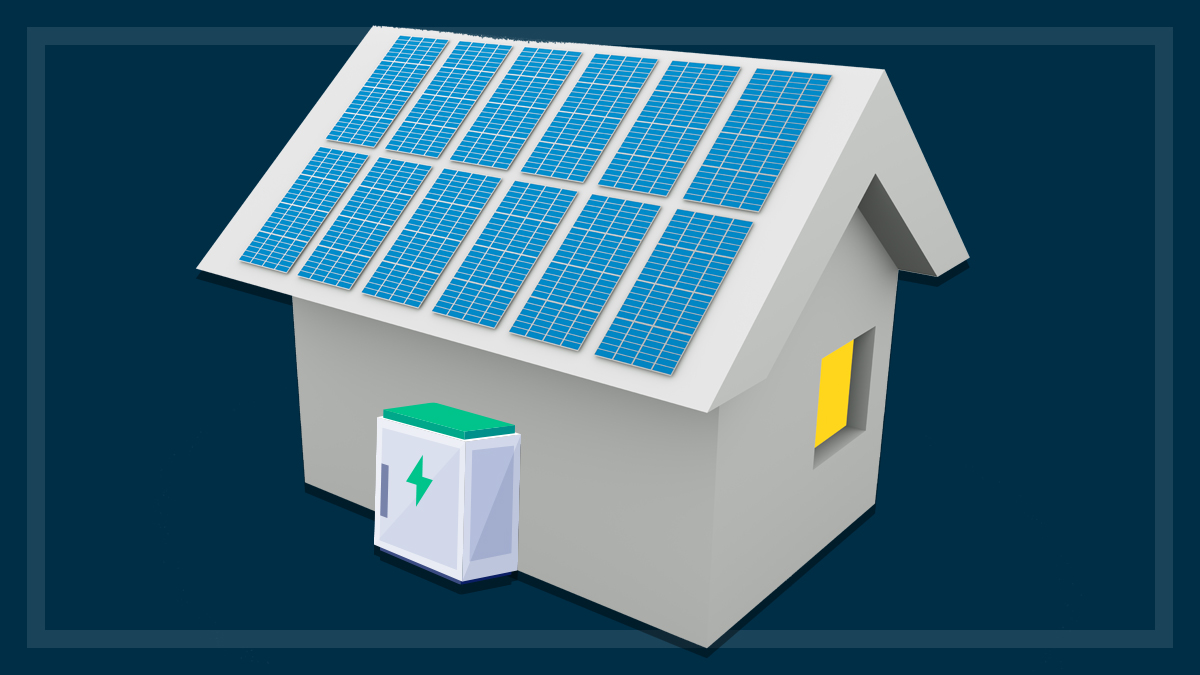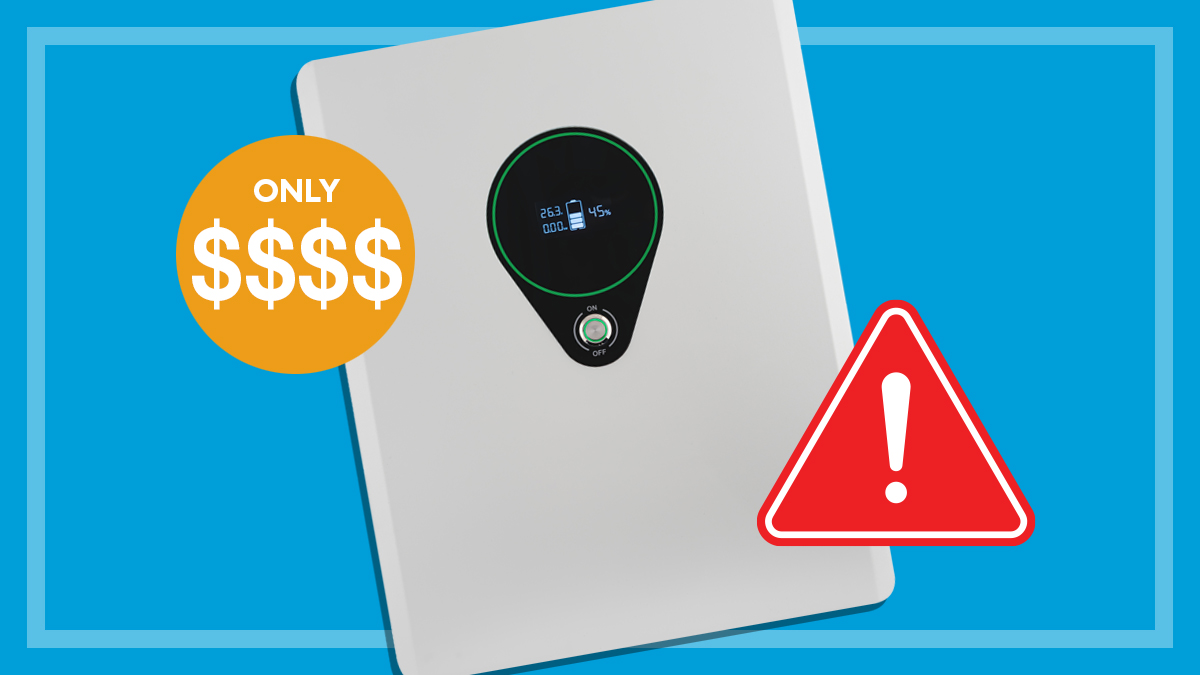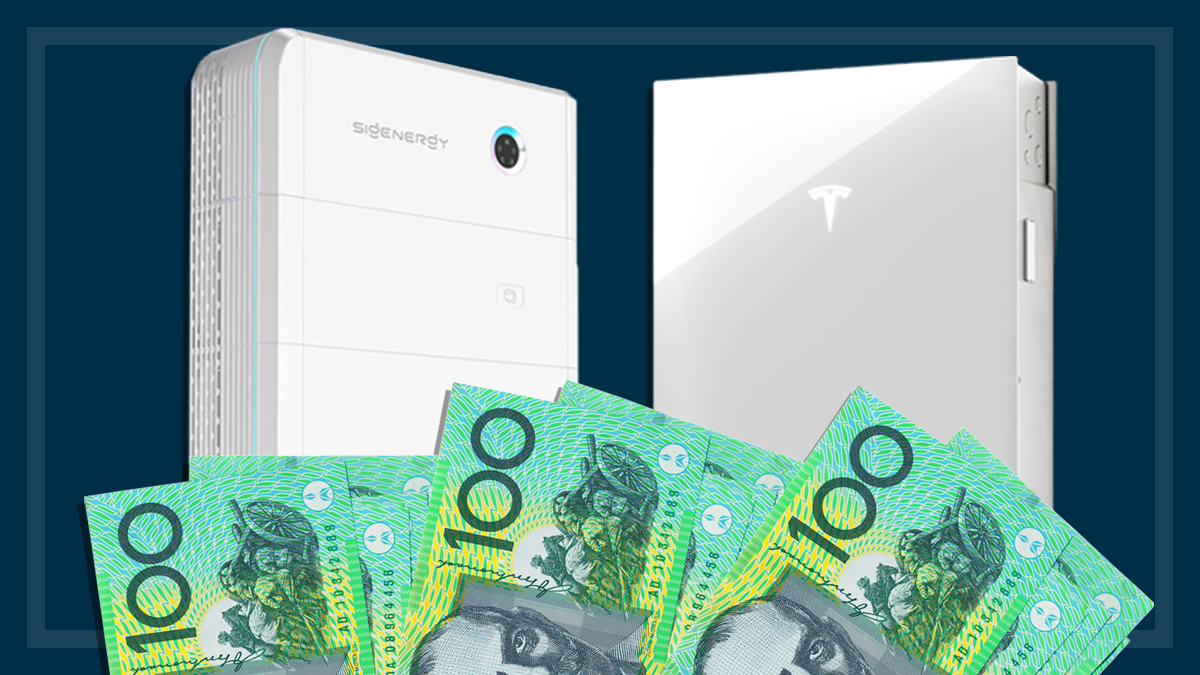Get our independent lab tests, expert reviews and honest advice.
Should you get a smart doorbell?

A video intercom doorbell lets you see who’s at your front door, and is handy in apartments and large homes.
On this page:
- What are smart doorbells and what do they do?
- How do smart doorbells work?
- Do I need a smart doorbell with a camera?
- Other smart doorbell features
- Do I need a smart hub for my doorbell?
- Are smart doorbells safe?
- Are smart doorbells legal to use?
- Can I install a smart doorbell myself?
- Smart doorbells vs security cameras
But what if you could see who’s outside your home, no matter where you are, by looking at your smartphone?
That’s what smart doorbells are for.
What are smart doorbells and what do they do?
Smart doorbells are internet-connected devices that work like a video intercom – but are much smarter and can do so much more.
You can be notified when someone rings your front doorbell, and monitor it using your smartphone. Some models even have a motion sensor to let you see who’s hanging around your front door even if they don’t press the button.
A smart doorbell can either be activated when a button is pressed on the doorbell located at your front door, or it can constantly monitor activity around the device and send a notification to your smartphone showing a live video scene.
How do smart doorbells work?
A smart doorbell is a small device with a video camera, a microphone, and a button that’s connected to the internet through your home network. This means you can check in on visitors or unwanted guests, have a conversation with the person standing next to the smart doorbell and even record video.
As with a traditional doorbell, when the button on a smart doorbell is pressed, you’ll be alerted to the fact that someone is at your front door. But where a traditional doorbell might chime or ring somewhere in the home (via a wire or wireless connection from the doorbell to the ringer or chime), a smart doorbell provides additional options.
Firstly, a smart doorbell can send a notification to a registered smartphone so you can check who’s there, even if you’re not home. You can even talk to the visitor if you like.
Alternatively, the pressing of a button could start a chime somewhere in the home that’s connected via the wireless network. You can also set up the smart doorbell to play a recording on a network speaker (via Google or Alexa) to call out to someone in the family, such as “Hey Jane, get out of bed and answer the door!”.
Some smart doorbells can sense someone is in the area before they even press the bell, and others support a chain of events happening in the home once the button is pressed. All these actions are possible because it’s a smart device and can be connected to all the other smart devices in your home.
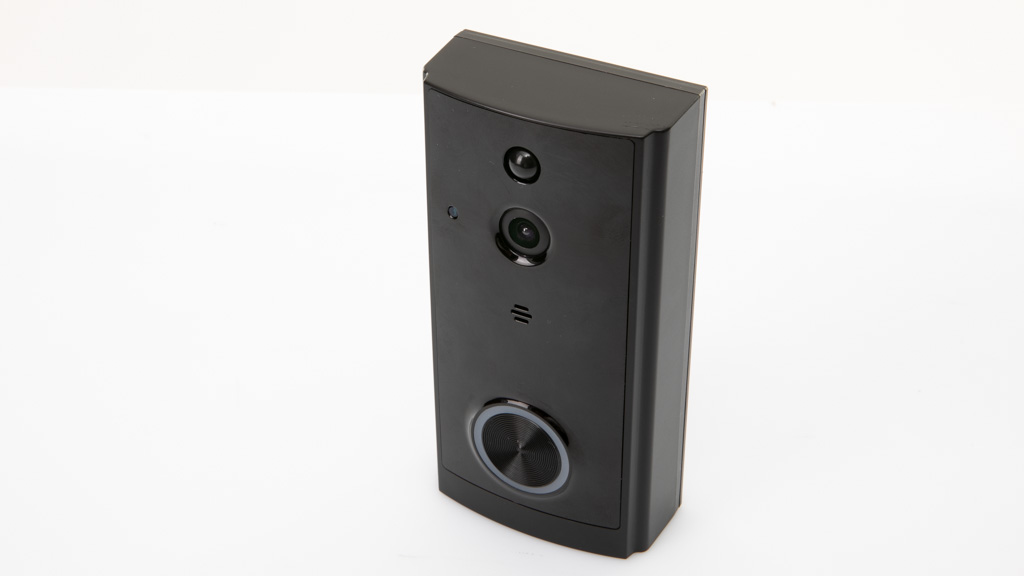
Do smart doorbells need Wi-Fi?
All smart doorbells operate over your wireless (Wi-Fi) network. This is how they send notifications to connected devices such as your smartphone or TV, while you’re at home or away (via remote access).
What makes a good smart doorbell?
A good smart doorbell has clear video and sound, it should be easy to use, and it should be secure against hacking attacks. It should also have a good response time, meaning there’s no delay between when the person presses the main button and when you get notified on your mobile.
What makes a bad smart doorbell?
Poor smart doorbells deliver sound that’s grating and unintelligible, and video quality that doesn’t show who is actually at your door. The installation and set-up for some of the worst models will most likely lead you to putting the device in the ‘too hard basket’ and returning to a simple $30 doorbell.
Do I need a smart doorbell with a camera?
All the smart doorbells we’ve tested come with a camera, and one of the best things about the device is being able to see the person at your door. Unlike security cameras, there’s no real need to record the footage, but some of the models can capture video to view later.
Angle of view can be an important part of the camera performance. The models in our smart doorbell review ranged from around 100 degrees, which is fairly narrow, right up to 180 degrees, which means you can see who’s at your door even if they’re standing off to the side.
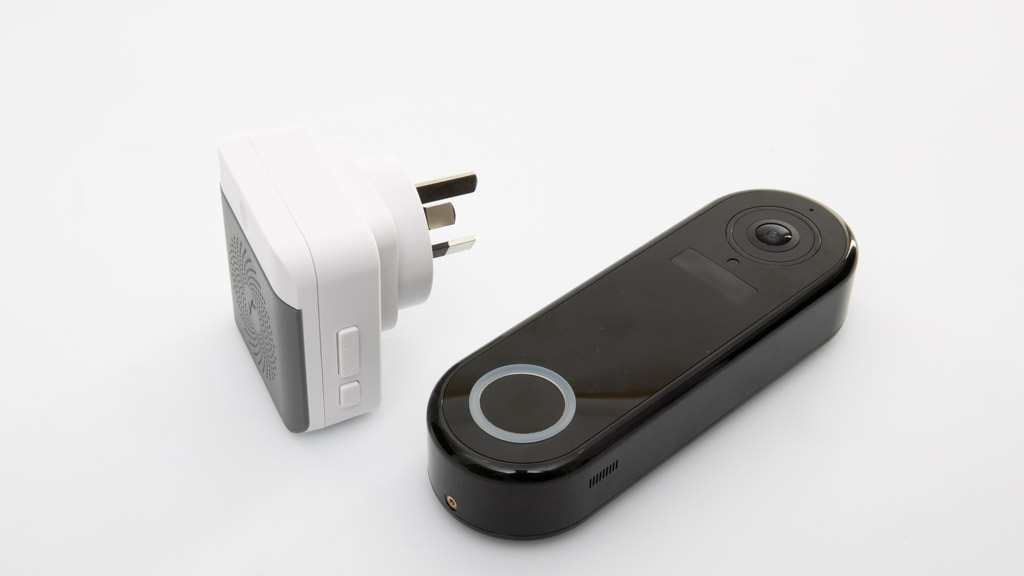
Most are capable of capturing high-definition video and a few even support higher resolutions. This added detail can be useful if you need to identify features or objects in the footage, but it also relies on the quality of the lens and processor. For example, a smart doorbell may be able to capture 2K footage, but it will still lack detail if the camera optics are poor.
They store recordings on a hard drive in the doorbell, in the cloud or on a storage device on your home network, such as a NAS drive. Some models let you add additional storage with a microSD card.
Other smart doorbell features
Cloud storage
Offsite storage in the cloud lets you access footage remotely, though this often requires a monthly subscription fee (to cover server costs).
Most doorbells with this feature can back up footage automatically by either constantly recording, uploading and overwriting footage throughout the day, or isolating and uploading specific interactions such as a package delivery.
They also typically identify and isolate events and interactions so the footage isn’t deleted by mistake.
Facial recognition
Some doorbells can learn to identify regular visitors over time, such as family members, the mailman, cleaners etc. You can change or disable alerts for these familiar faces.
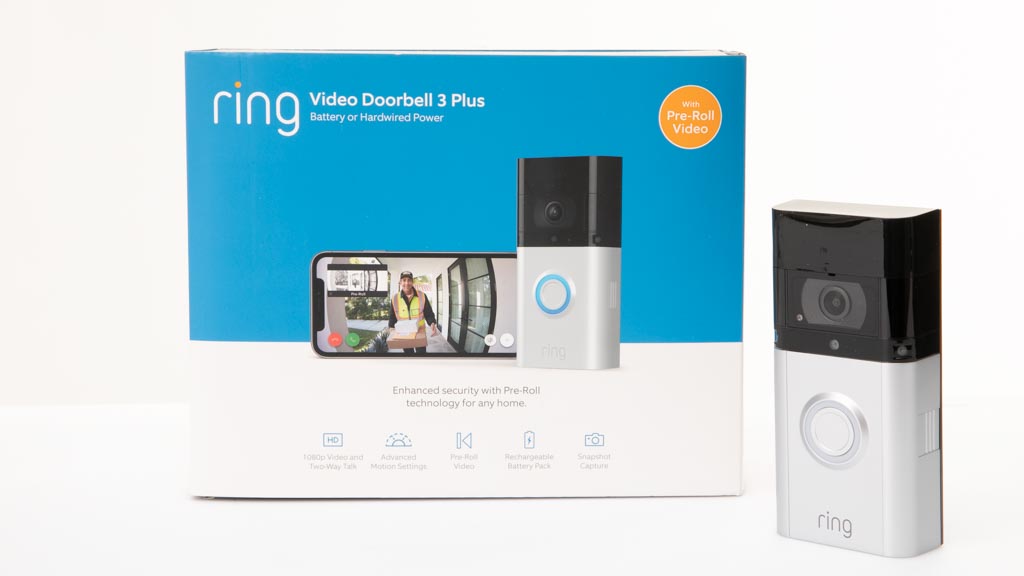
IFTTT
IFTTT (If This Then That) allows a series of actions to be performed when a button is pressed, by linking with an app installed on your smartphone.
Once you add features like a chime and smart lock, you can tell Google to let someone in the house or even customise the chime feature to work with a smart speaker to let you know someone is at the front door.
Infrared lighting
Improves video quality in low light conditions.
Local storage
Usually a microSD slot or hard drive connected via your local network. Some brands, such as Eufy, sell smart hubs with local storage support as well. This is a useful alternative if you don’t want to pay for cloud backup.
Weather protection
Check the specifications to make sure that the doorbell has some kind of weather sealing, even if it’s in an alcove or undercover. Generic terms like “weather- or water-resistant” are OK but an ingress protection (IP) rating is much better. This rating will outline the water and dust protection in detail.
Do I need a smart hub for my doorbell?
Some brands, such as Eufy, TP-Link and Lockly, sell optional smart hubs that connect to the doorbell via your home network. These are usually designed to substantially increase storage, which gives you the option to keep more video footage on hand and enable continuous recording.
But they can also add extra features to the doorbell, as well as other devices in your home, from the same brand. For example, instead of just identifying motion, Eufy doorbells can spot the difference between humans, pets and vehicles when you connect them to the HomeBase 3. This capability isn’t possible without the hub.
Are smart doorbells safe?
Smart doorbells with cameras let you see who’s at the door anywhere at home or when you are away, but it’s important to note that these are internet-connected and as such are vulnerable to attacks.
Some of these devices also send information online through internet servers that the user has no control over once the ‘permissions’ button is pressed. The problem is that the permissions button must be pressed to provide access to all the cool features you may want.
Our testers look at the following to help you decide to what level you need to be concerned about the security of the smart doorbell you buy.
- The privacy policy. Is there one and is it easy to find? We found that most of the products provide a link either online or in the associated app, so the most important next step is to actually read it and make sure you’re happy to continue.
- Where data is stored. Does video go to offshore servers for processing or storage? Most data is stored in different countries with variable levels of security. Our tester could find the destination for some of the servers for the models we tested, but others weren’t disclosed. This could be an issue as you basically send your personal information out into the internet without knowing where it’s stored and for how long.
- How easy it is to change your password and update the software. We found the ability to delete personal information after our test finished (factory reset) was more difficult than it should be.
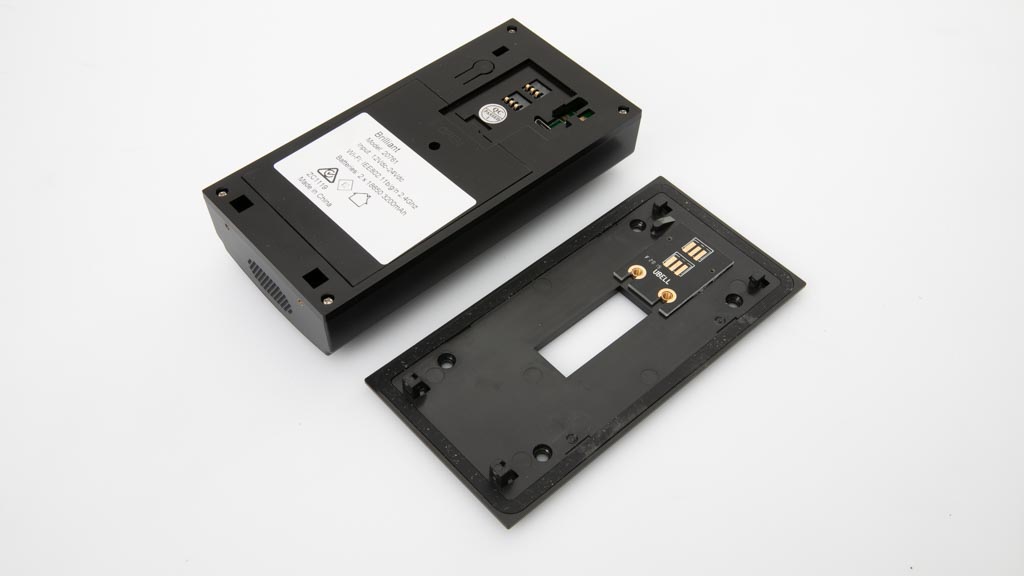
Protecting your privacy
There are a number of things you can do to ensure security for your smart doorbell, and these actions should be carried out for all the smart devices in your home:
- Change your password as soon as you install the device (don’t keep the default).
- Don’t make your new password a simple, easy-to-remember word, as hackers will find it simple and easy to crack.
- Keep up with the security updates as they come out.
Are smart doorbells legal to use?
States and territories have strict rules regarding the use of surveillance equipment for home security and recording and storing footage. Smart doorbells cover a lot of the same ground as they’re designed to be always on, used for surveillance and can capture footage.
Laws vary depending on where you live, but it all comes down to consent between the parties involved and whether interactions are taking place in what could reasonably be considered private or public locations. There are also important distinctions between what is considered intentional recording or surveillance and what is captured incidentally.
You have a responsibility to ensure that your smart doorbell doesn’t infringe on the privacy of others, including neighbours and visitors to your home. Click the drop down menus below for an overview of what you can and can’t do and contact the police in your area for legal confirmation if you have concerns.
Please note that this guide was accurate at the time of writing. Legislation may have changed.
Recording video is typically fine when the camera is installed on your own property and isn’t capturing or monitoring what could reasonably be considered a private conversation or location. So, in New South Wales for example, a doorbell capturing part of a public footpath is fine, but may be a problem if it can also see through your neighbour’s window.
This is where the law gets a lot more specific. Every state and territory, except Queensland and Victoria, require consent from all parties involved to record a private conversation. This includes all devices capable of recording audio, even if it’s not the primary function (e.g. a smartphone).
So, if you record a conversation with someone at your door via the smart doorbell, you must receive consent from them and provide it yourself, even if the recording happens on your property. However, exemptions apply if a recording is reasonably necessary for the protection of the lawful interests of a party.
Social media is full of “amazing” incidents caught on camera. But you may want to think twice about uploading videos from your doorbell because that could be illegal.
NSW law, for example, states that it’s illegal to publish “a private conversation or a record of the carrying on of an activity… that has come to the person’s knowledge as a direct or indirect result of the use of a listening device [or] an optical surveillance device…” Like audio recordings, there are exemptions if an offence has been committed, or with express consent. Publishing is also permitted if there is implied consent.
But if your doorbell captures a delivery person carelessly throwing your package at the door, sharing the footage on Facebook may be a breach if the activity is considered private. With that in mind, a handful of likes probably aren’t worth the risk
Can I install a smart doorbell myself?
In most cases, installing a smart doorbell will be an afternoon’s task for most people, requiring no more than a couple of screws into the wall next to the door.
The biggest part of installing a smart doorbell is connecting the device to your home network and setting up the app on your smartphone, and for this you may need the expertise of someone else.
Smart doorbells vs security cameras
A smart doorbell and security camera may seem to perform the same task, but there are a couple of important differences to consider before you choose one or the other.
A security camera offers features like video streaming, saving video either on your home network or in the cloud, while smart doorbells offer this feature as an extra option only. Security cameras are also designed to perform well at night when it’s dark, and they also incorporate motion sensors.
Security cameras also don’t have a button to let you know there’s someone at the front door.

